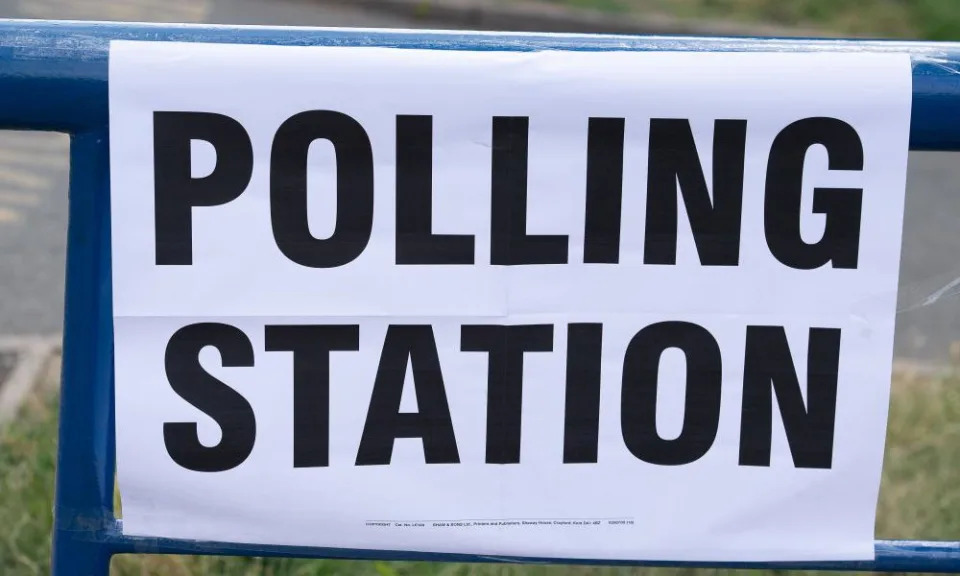Toby Helm Political Editor
Sat, 2 September 2023

Photograph: Maureen McLean/Shutterstock
British democracy is being “warped” by an unfair system for drawing constituency boundaries that ignores millions of “missing voters” and hugely benefits the Tories, according to a new study of official data.
Analysis by the political commentator and pollster Peter Kellner shows that if constituencies were determined according to the size of their populations rather than the number of registered voters – as happens in most other advanced democracies – then the number of extra Labour seats created would cut the Tories’ Commons majority by 22.
Using the latest population figures and demographic data released last month by the House of Commons and the latest data for registered voters, Kellner concludes that Labour suffers in a way that clearly damages its chances of election success.
“A 22-seat variation in a close election could well be decisive. Indeed, the bias in the present system helped the Tories over the line in three of the last four general elections.” Explaining his findings to the Observer, he said: “We have known for years that millions of eligible adults are omitted from the electoral register.
“The new data show how this distorts election results. The missing voters are concentrated in the most ethnically diverse areas with large numbers of young voters and those who rent their homes. These are the areas that overwhelmingly elect Labour MPs. This means that Labour MPs represent on average 114,000 residents, while Conservative MPs represent just 97,000.
“If the new boundaries were designed to ensure equal populations, rather than equal electorates, this bias would be removed. Almost all parliaments in mature democracies have population-based systems. Had our boundaries been drawn according to best international practice, the Conservatives might well have failed to form a government after the 2010 and 2017 elections, and fallen short of outright victory in 2015.”
Robert Ford, professor of political science at Manchester University, backed Kellner’s analysis and said the current system resulted in “large, growing and unjustifiable inequality in political representation” because people not on the electoral register did not count in terms of representation.
“Equal representation is a fundamental principle of democracy, yet under our current system millions of people who live, work and pay taxes in Britain but are absent from the electoral register are ignored when constituencies are drawn up and MPs allocated,” Ford said.
“As a result, groups underrepresented on the electoral register – private renters, ethnic minorities and young people – get less political representation than they deserve, while groups with high registration rates punch above their weight. Geography compounds this: underrepresented groups tend to cluster together, and the places where they congregate – such as the big cities of England – get fewer seats in the Commons than they deserve.
“This has both political and practical consequences. Politically, as all these groups tend to lean to Labour, it means Labour have fewer MPs and the Conservatives more MPs than if seats were allocated according to population.
“Practically, it means the MPs representing young and diverse inner-city seats have to serve much larger populations of constituents than MPs representing older, rural seats with high registration rates.”
Kellner says in his analysis that the number of MPs in London should be far higher because so many people are among the missing voters. “Londoners are younger, more diverse and far more likely to rent privately than people in any other region. As a result, the population of the average London constituency, more than 117,000, is way above that of any other region, and 14,000 above the national average.
“It will elect 75 MPs at the next election. In population terms, it should elect 85. This is where we would find the lion’s share of the extra Labour MPs that would be elected under this system.”
The 2023 boundary review says constituencies must now have populations within 5% of the “electoral quota” of 73,393 registered voters, except for five protected island seats, such as Ynys Môn in north-west Wales. About 585 seats will have at least some change, with the remaining 65 having no change.
No comments:
Post a Comment